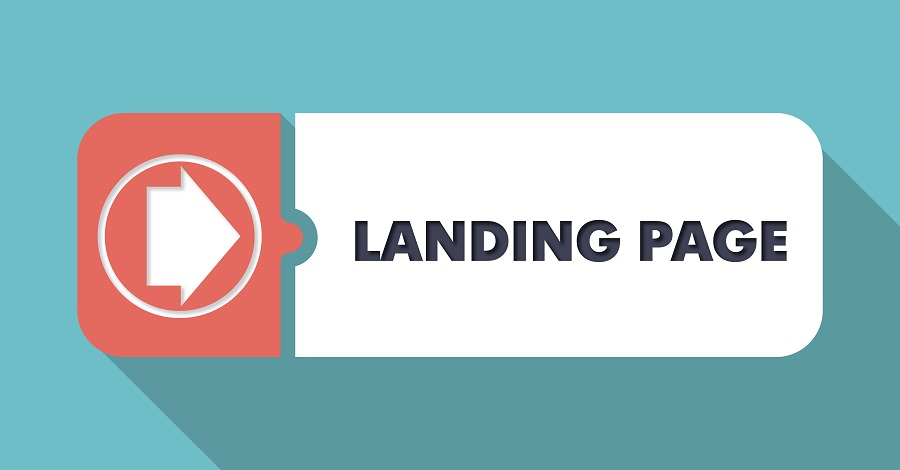How the Right Visual Can Transform Any Landing Page

When it comes to landing page design – or any web page, for that matter – the images you select have the ability to make or break your conversion rate. The good news is that you have total control over the images you choose, so you can directly influence those conversion rates.
When to Use Visuals on Landing Pages
Every marketer understands the value of visuals, yet few are aware of when to use them for maximum results. In order to increase conversion rates and reach more customers, you need to focus on when and how to effectively use visuals for the best possible outcome. In particular, use them when you want to:
Replace Text With Images
They say an image is worth a thousand words. This is likely because the human brain processes visuals an incredible 60,000-times faster than text. Whereas text-based content requires an opening to frame the idea, a body to explain the concept, and a conclusion to tie loose ends together, a well-developed visual accomplishes all of these things simultaneously.
“The best thing about images is that you can say multiple things at the same time and they work like magnets on your landing page,” writes content marketer Zerin Tansim. “Unlike when you’re writing a sentence, you’re not tied down with the burden of having to say one thing per sentence.”
Tansim references these images, which appeared both in print form and on a landing page for The Office of Road Safety in Western Australia in 2008. The images convey ideas that would have taken multiple paragraphs to uncover.
Convey an Unclear Idea
Sometimes an image does what words can’t do. In many cases, a customer has to see firsthand visual proof in order to understand the actual value of the offering. Take this landing page as an example. The goal of the page is to encourage customers to sign up for self-storage space. The problem is that most people don’t know how much room they need. In order to overcome this confusion, the landing page features images of different room sizes and how much stuff fits in each one.
Instill Proof of Concept
Visuals can be used to instill proof of concept. You’ll often see these types of visuals on weight loss landing pages or cosmetic surgery sites where the doctor wants to show prospective patients before and after pictures.
Here’s a compelling example. Notice how the page emphasizes the before and after images. As a user, you’re attention is drawn towards these visuals. While you may read the accompanying text, you’ll probably spend most of your time comparing the two images. The page wouldn’t have nearly the same effect if it just included text.
Put Users at Ease
Finally, images can help put landing page visitors at ease. This is especially true when you’re dealing with a sensitive topic. There’s something about seeing a smiling human face that’s compassionate and endearing. When strategically integrated into the landing page, these images can completely transform how people feel about the content.
On a related note, it’s important to remember that there’s a major difference between stock photography and original imagery. While stock images may be easy to find, they almost always lack the “organic” factor that people are looking for. If you want to connect with your audience, invest in original images and photos that speak directly to your target audience.
Visuals: Your Secret Weapon
By definition, landing pages are limited in what they can do. They are simply catalysts for pushing customers through the conversion funnel. However, you shouldn’t underestimate the power of a good landing page. If you aren’t currently leveraging visuals, you’re missing out on some serious conversions.


Thank you for this great post . I think using the right image on any landing page is very vital . As you mention in the post “human brain processes visuals an incredible 60,000-times faster than text” I believe this is the era of images rather then just some dull text .